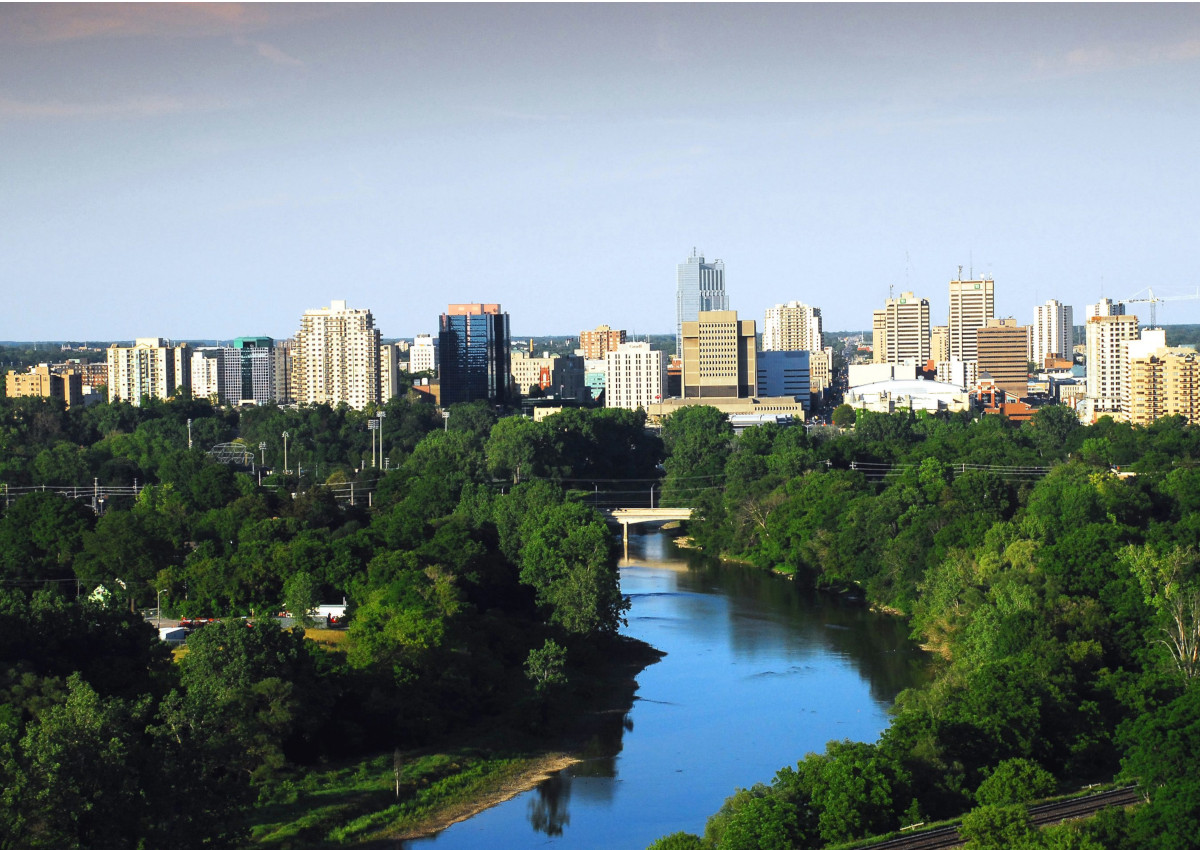For the week of March 28 to April 3, the London postal code that includes Western University, Old North and the city’s downtown had a COVID-19 test positivity rate of 28.9 per cent — the highest in Ontario.

However, as of Tuesday afternoon, N6A is not included in a provincial list of postal code hot spots that are poised to see vaccinations expanded to those 18 and older.
On Monday, London’s three NDP MPPs, Terence Kernaghan (London North Centre), Teresa Armstrong (London-Fanshawe), and Peggy Sattler (London West), sent a public letter to Premier Doug Ford, urging him to immediately declare the postal code a hot spot and vaccinate its residents as soon as possible.
“I brought this up with the government during question period as well as the open letter from the three MPPs, as well as in debate seven hours later,” Kernaghan told Global News.
“But unfortunately, we haven’t seen any response from this government.”
Kernaghan, whose riding includes the N6A postal code, says he would like to see mobile vaccination teams, pop-up clinics, and additional funding for testing and contact tracing.
“On days where the Middlesex-London Health Unit is saying that they’re contact tracing capacity is overwhelmed and the LHSC is posting a record number of COVID-19 patients, London needs the province’s attention and support — yesterday,” he said, adding that he would like to see the entire London area declared a hot spot.
- ‘Deeply ashamed’: Canadian Medical Association apologizes for harms to Indigenous peoples
- Kate Middleton marks quiet return to work following cancer treatment
- Health Canada gives 1 year to remove BVO from drinks. What are the risks?
- Never heard of eastern equine encephalitis? Cases are ‘likely underreported’
Mayor Ed Holder called for London to be designated a hot spot as early as last week, before N6A’s test positivity rate was shared with the public.

Get weekly health news
Holder stood by this call during the MLHU’s media briefing on Monday, but added that his “own perspective is not as critical as the issues of this being a matter of science.”
“I know this is something that the (MLHU) is pressing at their end at that level, while I look to see what we’re able to do at the political level,” Holder said.
“All I can say at this time is that those conversations are ongoing.”
Global News contacted the Ministry of Health to ask why N6A had not been deemed a hot spot and whether the province had planned to change course anytime soon.
While an emailed response from a spokesperson for the Ministry did not answer why the postal code wasn’t included in the list of hot spots, they did provide details on how hot spots are designated.
The hot spots are identified based on “historic and ongoing high rates of COVID-19 deaths, hospitalizations and transmissions.”
On top of high rates of COVID-19, the Ministry also considers “outbreak data, research and analysis conducted by Ontario’s COVID-19 Science Advisory Table, low testing rates and sociodemographic barriers that may result in vaccine hesitancy.”
“In addition, many of these areas have a large proportion of the population living in congregate settings… and as a result, are at higher risk of transmission and outbreaks,” the email from the Ministry spokesperson added.
The Ministry response did not say when N6A may potentially be deemed a hot spot, adding instead that postal codes experiencing sustained surges in COVID-19 prevalence may be identified as a hot spot “as the situation across the province evolves.”
Speaking with Global News on Tuesday afternoon, MLHU’s associate medical officer of health Dr. Alex Summers said the public health unit had not received an update from the province as to whether N6A will receive a hot spot designation.
“We ensure that our data and that our observations are certainly available to the province as they continue to reflect on how to designate hot spots,” Summers said.
“These are ongoing discussions and data monitoring and communications around issues such as this and others.”
Summers says N6A’s high test positivity rate came as no surprise, describing it as consistent with where the MLHU had been seeing COVID-19 cases at that time in London, particularly among the 18-22 age bracket and among those in university residences at Western.
“The good news is that the outbreak measures for that community are also in place, where we’re seeing a de-densification of residents with people moving home, we’re also knowing that the community of 18 to 22-year-olds is aware of this risk and we know that the stay-at-home order will also have an impact,” Summers said.
“Even independent of us being labelled a hot spot or not, the actions have been taken, they are in effect and now we just need the time for them to kick in, so that we see those cases drop.”















Comments